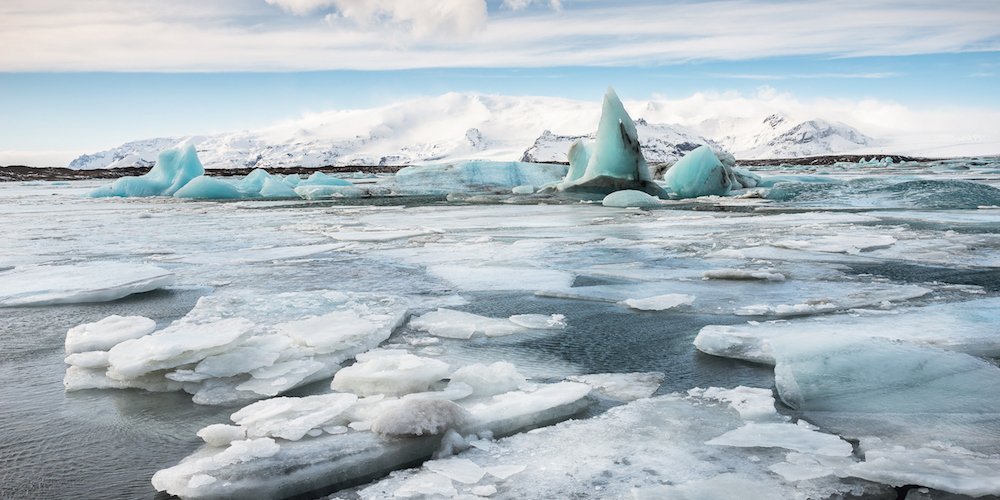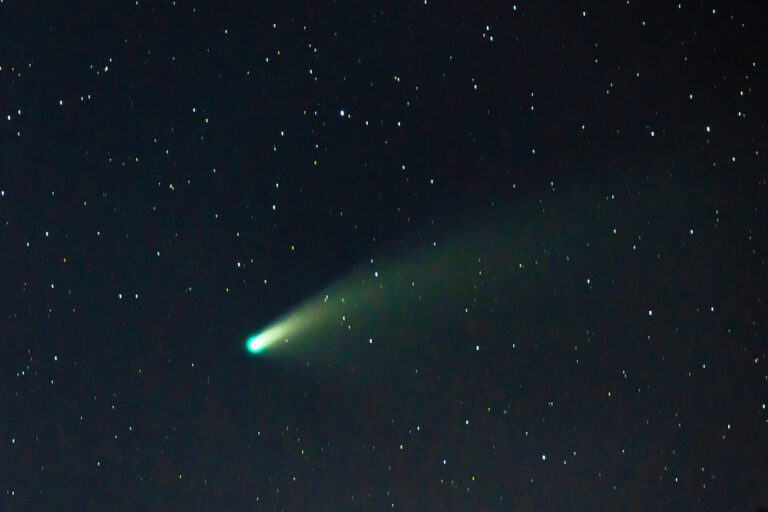The oldest and thickest sea ice in the Arctic has started to break up. Waters north of Greenland that are normally frozen, even in summer, have begun to break up scientists warn.
One meteorologist described the phenomenon – recorded for the first time this year – as “scary”. Scientists said it could prove catastrophic for polar bears and seals, threatening their survival.
The sea off the north coast of Greenland had long been known as “the last ice area”, The Telegraph reports, because it was expected to be the last place to remain frozen, given it had the oldest and thickest ice.
This phenomenon has occurred twice this year due to warm winds and a climate-change driven heatwave in the northern hemisphere.
But abnormal temperature spikes in February and earlier this month have left it vulnerable to winds, which have pushed the ice further away from the coast than at any time since satellite records began in the 1970s.
“Almost all of the ice to the north of Greenland is quite shattered and broken up and therefore more mobile,” says Ruth Mottram of the Danish Meteorological Institute. “Open water off the north coast of Greenland is unusual. This area has often been called ‘the last ice area’ as it has been suggested that the last perennial sea ice in the Arctic will occur here. The events of the last week suggest that, actually, the last ice area may be further west.”
The changes could force scientists to revise their theories about which part of the Arctic will withstand global warming the longest. Concerns are for the polar bears and other Arctic animals who call the ice fields home.







